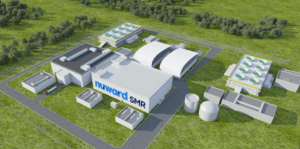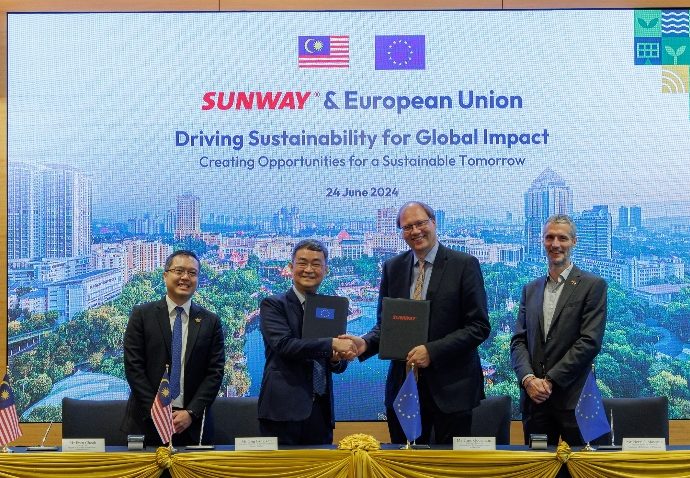Air New Zealand becomes first major carrier to drop climate goal
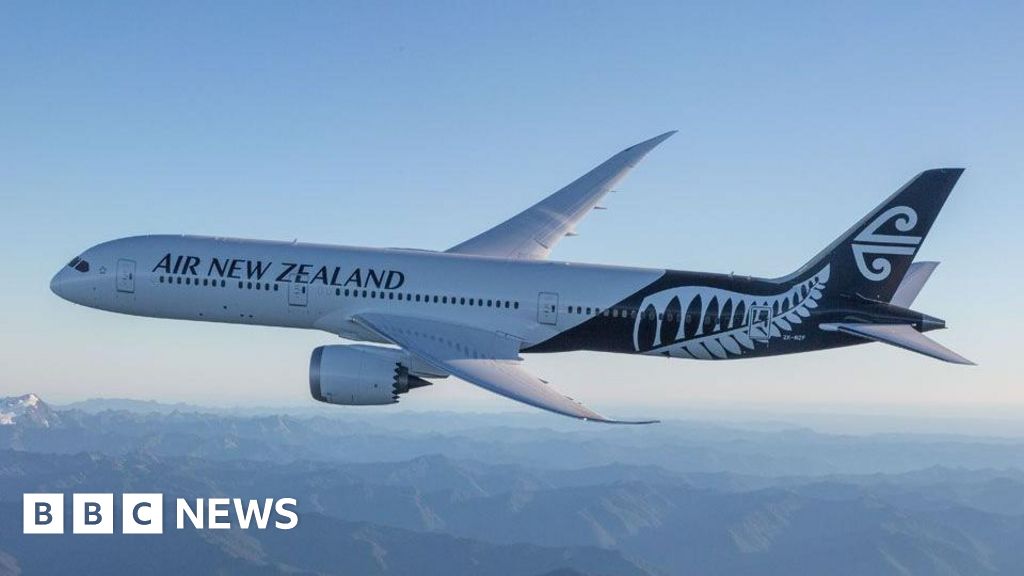
Air New Zealand has abandoned a 2030 goal to cut its carbon emissions, blaming difficulties securing more efficient planes and sustainable jet fuel.
The move makes it the first major carrier to back away from such a climate target.
The airline added it is working on a new short-term target and it remains committed to an industry-wide goal of achieving net zero emissions by 2050.
The aviation industry is estimated to produce around 2% of global carbon dioxide emissions, which airlines have been trying to reduce with measures including replacing older aircraft and using fuel from renewable sources.
“In recent months, and more so in the last few weeks, it has also become apparent that potential delays to our fleet renewal plan pose an additional risk to the target’s achievability,” Air New Zealand Chief Executive Officer, Greg Foran, said in the statement.
In 2022, Air New Zealand adopted a 2030 target to cut its emissions by almost 29%.
It was much more ambitious than a 5% reduction goal over the same period set by the global aviation industry.
Sustainable Aviation Fuels (SAF) are a key part of the sector’s strategy to cut emissions but airlines have struggled to purchase enough of it.
“The price of [SAF] is more expensive than traditional fuels, and there is not enough capacity to produce that at scale,” said Ellis Taylor from aviation analytics firm Cirium.
“The delays in new aircraft deliveries are affecting airlines around the world, with both Boeing and Airbus under-delivering new jets over the last few years, largely due to snags in the wider supply chains of the manufacturers,” he added.
Aerospace giant Boeing has faced a number of major issues in recent years.
This month, Boeing agreed to plead guilty to a criminal fraud conspiracy charge after the US found the company violated a deal meant to reform it after two fatal crashes by its 737 Max planes that killed 346 passengers and crew.
The firm has also come under increased scrutiny after a door panel in a Boeing plane operated by Alaska Airlines blew out soon after take-off and forced the jet to land.





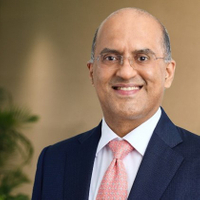


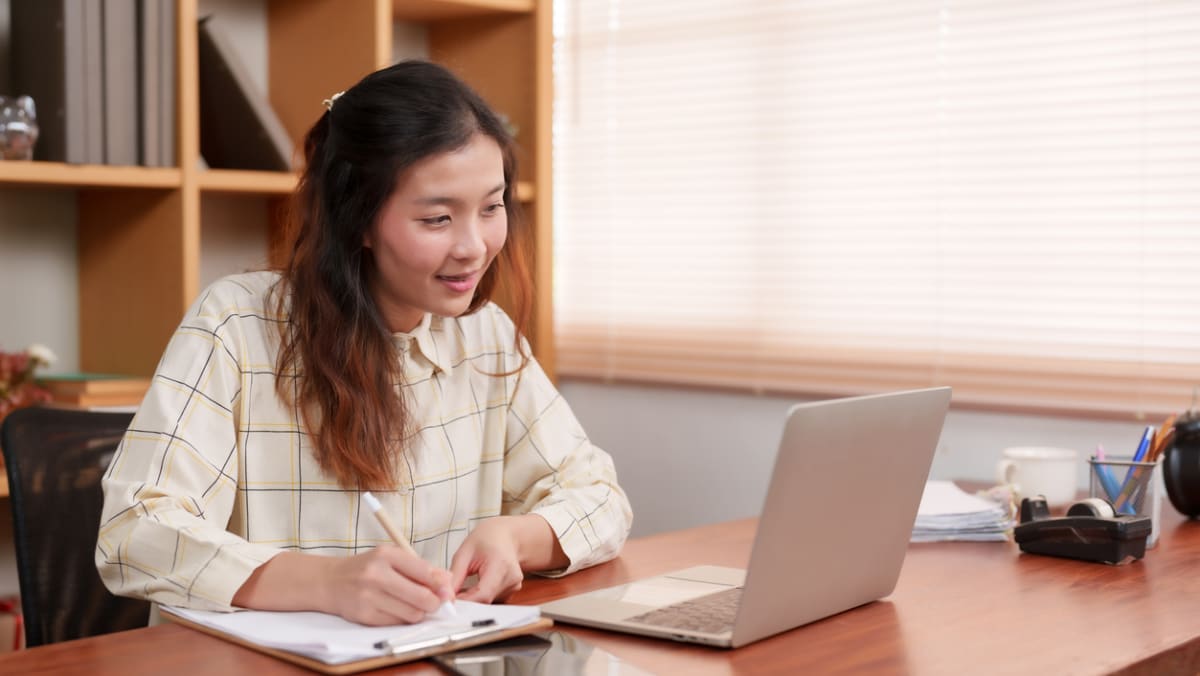
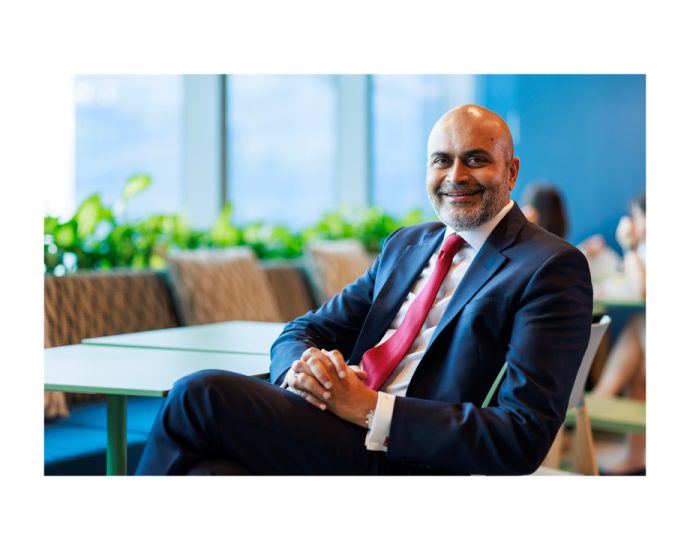
 Additionally, he highlighted the emergence of a circular economy to facilitate long-term sustainability, as being a growing trend: “Look at the battery ecosystem for example, a huge industry is developing around the recycling of batteries – additionally the recycling of solar panels, turbines and so forth is being considered. The recycling industry is becoming larger as ultimately, unless there is a circular economy around it, resources will be wasted. New action is being taken to develop a fully circular product lifecycle.”
Additionally, he highlighted the emergence of a circular economy to facilitate long-term sustainability, as being a growing trend: “Look at the battery ecosystem for example, a huge industry is developing around the recycling of batteries – additionally the recycling of solar panels, turbines and so forth is being considered. The recycling industry is becoming larger as ultimately, unless there is a circular economy around it, resources will be wasted. New action is being taken to develop a fully circular product lifecycle.”

